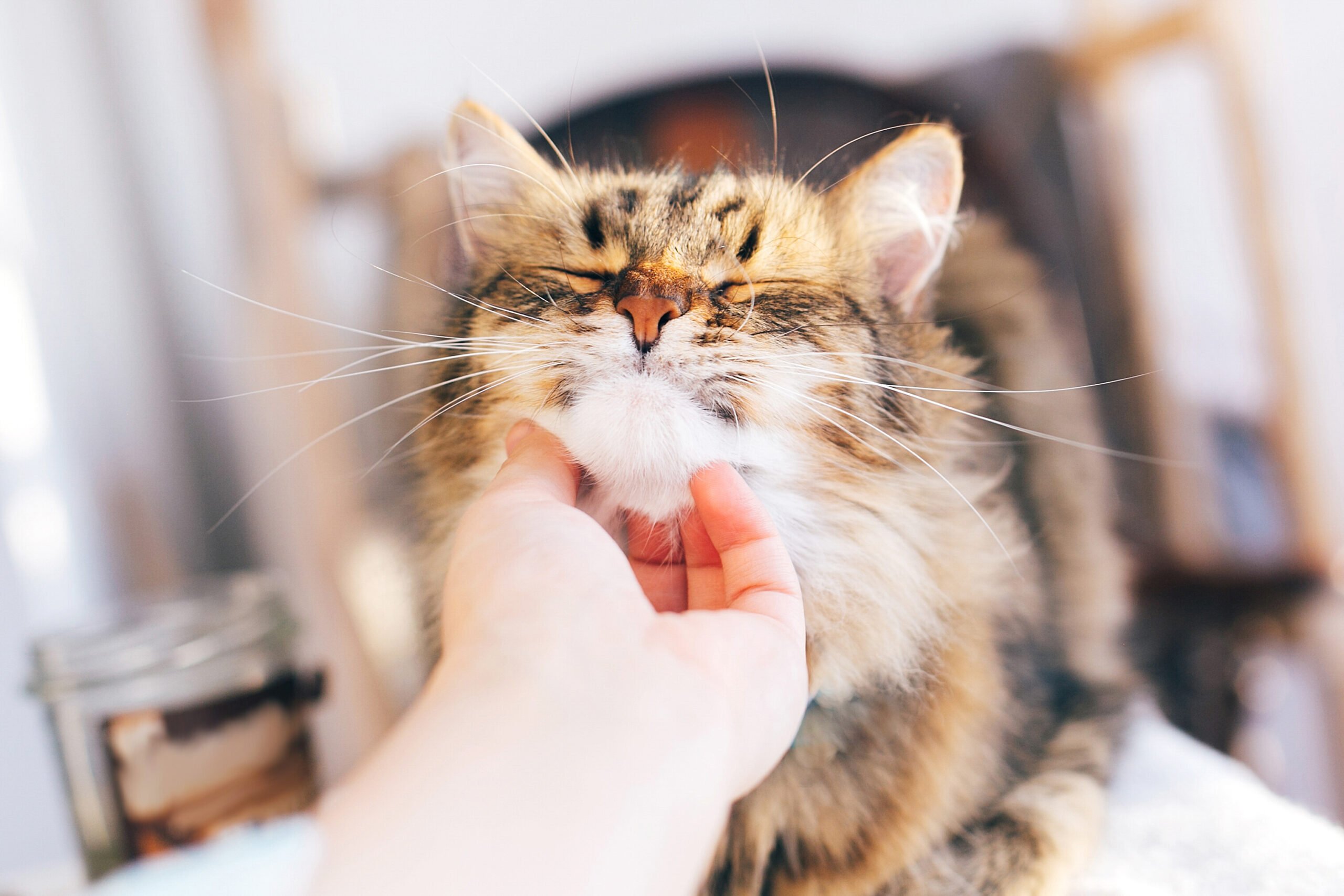

WHEN IS IT TIME?
Deciding When to Say Goodbye
Throughout your pet’s life, you have protected and provided for them, seeing to it that they have the very best life possible. But what happens when age or illness begin to erode that well-being?
When you find yourself questioning your pet’s quality of life more and more frequently, it may be time to consider alleviating their suffering with home euthanasia.

Evaluating Your Pet’s Quality of Life
No one wants to see their pet suffer. But suffering doesn’t always look the way we expect, and oftentimes, our emotions cloud our perception of what our pet may be experiencing.
We created the HEARTBEAT Quality of Life Assessment to help you assess your pet’s unique situation objectively.
HEARTBEAT Quality of Life Assessment
This tool has been developed based upon our years of expertise working with pets at the end of their lives. Your pet’s quality of life will be comprehensively assessed across all key areas known to affect their well-being. A score of 1 to 3 is assigned to each assessment area and the total is used to help to guide your decision-making and deliver you the peace of mind you need to move forward.
You may want to write down your answers to help prepare you to speak with a veterinarian about your pet’s condition.
![]()
Score of 3 – This completely describes my pet; they are exactly as they always were
Score of 2 – This partially describes my pet but there are some signs of deterioration
Score of 1 – This no longer describes my pet; they are struggling
Hurt
Your pet seems comfortable when moving and at rest. You can pet them without any sign of discomfort (wincing/flinching or crying). They can move easily and don’t seem stiff or lame, even in the mornings or in cold weather.
Score: ___
Eating and drinking
Your pet is eating and drinking normally. They enjoy treats and foods and are excited for food time. They are drinking normal amounts and not excessively. They are maintaining their normal body weight and aren’t becoming skinny.
Score: ___
Activity
Your pet is still active and able to move around with ease. They enjoy the same amount of exercise and playtime as they always have.
Score: ___
Rest
Your pet is sleeping through the night without interruption. They awake rested and are not sleeping too much or too little. They are able to lie in normal positions and in their normal places.
Score: ___
Toileting
Your pet is still able to control their bowel and bladder movements. They are not soiling themselves. They are maintaining their grooming habits and are not unkempt. They are not having episodes of vomiting or diarrhea.
Score: ___
Breathing
Your pet is breathing comfortably. They are not panting or using excessive effort. They are not coughing or wheezing. They don’t get out of breath easily.
Score: ___
Engagement
Your pet still enjoys interacting with you. They show the same interest in their toys and are excited to see you/family members.
Score: ___
Anxiety
Your pet seems calm and their personality is the same as it used to be. They aren’t withdrawn or clingy. They aren’t disoriented and don’t seem confused or vocalize abnormally.
Score: ___
Twitching
Your pet is neurologically normal. They aren’t having any seizure episodes or any involuntary tremors or muscle weakness or wasting. Their legs and spine are working.
Score: ___
A TOTAL SCORE OF 16-18
This is a great sign your pet is still enjoying life. Euthanasia is not likely to be recommended but if there are extenuating circumstances, you should raise these with a veterinarian for further guidance.
A TOTAL SCORE OF 13-15
This is a strong signal things aren’t what they used to be. Consider making supportive care changes to help your pet. Ensure they are seen as needed by a vet and confirm their pain is being well controlled. Euthanasia may or may not be warranted at this point.
A TOTAL SCORE OF 9-12
This score indicates your pet may not be experiencing good quality of life any more. There may be suffering. Euthanasia could well be the most compassionate option at this stage.
Other Factors to Consider
Overall health and well-being is the first priority when considering putting a pet to sleep, but it’s not the only one. Your well-being is important, too. The following questions can also help inform your decision.
- Are you physically able to care for your pet’s needs?
- Are you emotionally able to perform nursing care for your pet?
- Are there financial limitations to the amount of care you can continue to give your pet?
- Is caring for your pet taking a toll on you, your family, or other pets in the household?

What if I Wait?
Many pet parents wonder whether waiting for natural death to occur will be easier than putting a pet to sleep. While that choice is entirely your own, it is worth noting that natural death can often be painful, distressing, or even traumatic for both the pet and their family.
Pet euthanasia relieves the patient’s suffering when other treatments have been exhausted and provide a calm end-of-life experience for the pet and their family.
Putting a pet to sleep is usually preferable to letting nature take its course.
![]()
Talk to a Veterinarian
Every animal’s needs are unique, and each pet owner’s situation is different. If you need help assessing your pet’s condition, understanding your choices, or want to ask additional questions about putting a pet to sleep, we’re here for you.
Talking to a veterinarian does not obligate you to make an appointment. Our goal is to provide you with the support and resources you need to make the best decision for your pet.
Call Us

